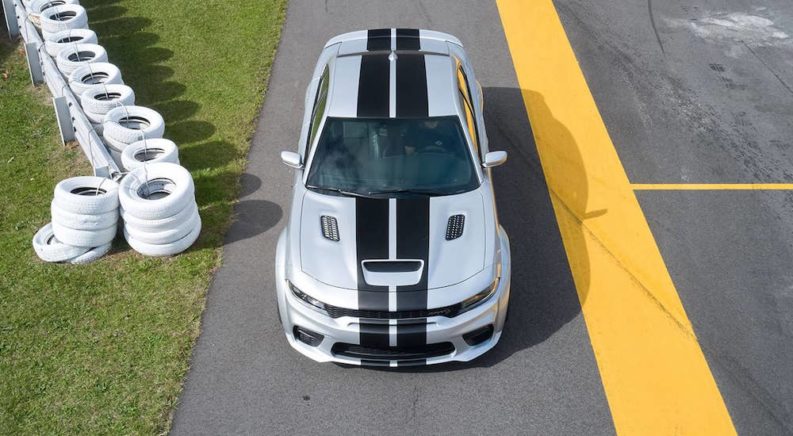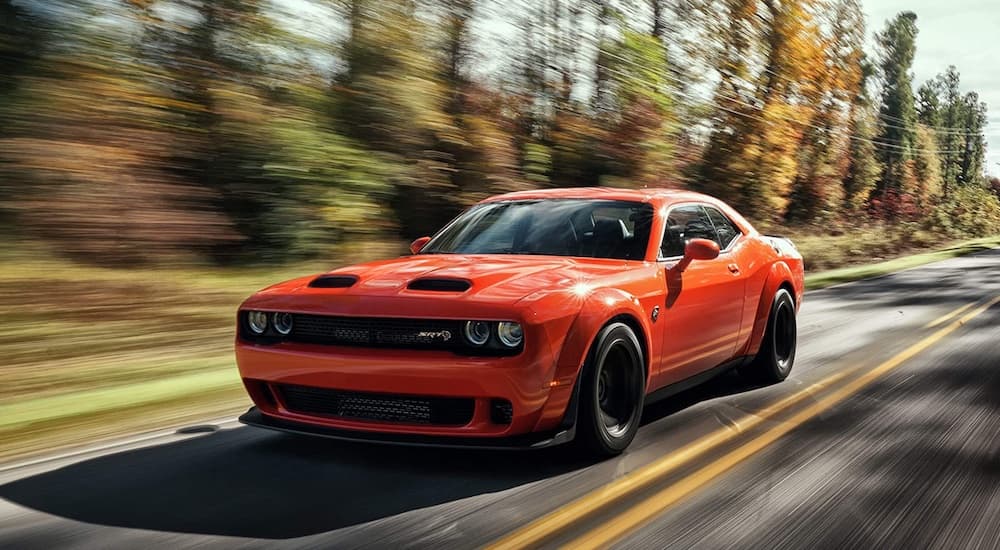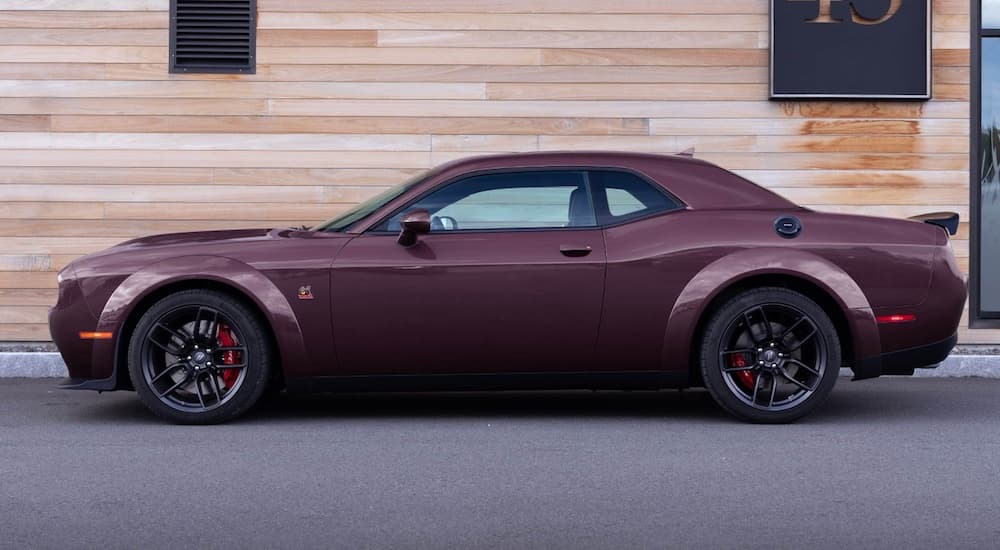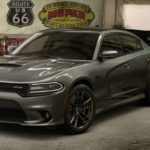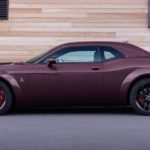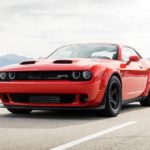Few car companies command as much respect and have as much storied history as Dodge. Your local used Dodge dealer knows Dodge inside and out. Every make, every model, every feature, every bell, and every whistle; they are ready to make your every Dodge dream come true. And that is especially so for two of Dodge’s flagship muscle machines.
The Dodge Charger and Dodge Challenger are two of the most iconic cars, not just in Dodge’s lineup but throughout the automotive world. Both vehicles make light work of owning their space. To see a Charger or Challenger roaring down the open road is to see real craftsmanship at work! Both also enjoy a rich history of muscle and class. Few other cars match the Challenger and Charger when it comes to looks, power, plush interiors, and attention-grabbing gravitas. These cars are American muscle personified. Together, they rule the road. But, as stand-alone vehicles, they remain just as impressive, if not more.
The Challenger Legacy
The Dodge Challenger is a legacy machine. The Challenger first appeared on the scene in 1969, when American muscle cars ran rampant across the highways. Every car maker in the land was trying their hand at muscle. Many of those ideas and designs didn’t stick, but the Challenger had a certain mystique to it. Its body featured a curved design that was imposing to behold, appearing ready to leap off of whatever line it was inhabiting. The Challenger was truly a beast that immediately dominated the road.
The original 1970 Challenger came in a few different trims. The basic version featured everything a new Challenger driver would need to have some real fun on the road and impress those along for the ride, but it wasn’t incredibly luxurious or powerful. Luxury was reserved for the SE trim. The Challenger SE featured add-ons like a cassette player, cruise control, an incredibly plush interior, and more. For performance, there was the Challenger R/T with its available 426 cu.in. HEMI V8 engine producing 425 hp and 490 lb-ft of torque.
Over the next few years, the Challenger continued its roadway domination and built a legion of loyal fans until Dodge discontinued the car in 1974, leaving behind some very confused consumers. That confusion was further amplified when Dodge brought the Challenger back a couple years later as a very different car. The 1978 Dodge Challenger was a rebadged Mitsubishi Galant Lambda, a Japanese two-door notchback first released in 1976. The new Challenger followed in the footsteps of the Ford Mustang II, which had succumbed to the worries of consumers dealing with skyrocketing gas prices.
Muscle cars of the time and good gas mileage certainly did not go hand in hand, and Dodge tried to find that muscle car mystique inside a decidedly less-than-muscle car frame. Whether it was successful or not can be summed up in one phrase––”The Forgotten Challenger”––the moniker some have given to this late 1970s model. However, the second-generation Challenger did have a decent run, with production ending in 1983 when Mitsubishi discontinued the Gallant. Luckily, that elusive formula of an efficient vehicle with a muscle car soul was soon to arrive.
The turn of the millennium saw The Big Three turn their eyes back to the storied muscle cars of old. Ford led the way with the release of the fifth-generation Mustang in 2005, with Chevrolet and Dodge following closely behind. The new Challenger was unveiled in late 2005, and the Camaro was announced just a few months later. These teasers really drove Challenger frenzy. In 2008, the third-generation Challenger was finally released to the public. The modern design clearly takes cues from the original while adding all manner of modern design and luxury as well.
The Charger Legend
The Dodge Charger has an equally iconic past. The first-generation Charger debuted in 1966 and was as beautiful as it was powerful, although it lasted just two years. Sweeping lines lead back to a hint of fins. This design was a two-door fastback body with four bucket seats. In 1968, the Charger was redesigned for that familiar muscle car look and had 35,000 units planned. The car proved intensely popular, and Dodge actually produced over 96,000 units.
The third generation was launched in 1971. Multiple body designs were available for this rendition of the Charger, which was perfect since this new Charger was becoming quite large! Sales of the third generation increased even more; however, some attribute this increase to the fact that Dodge discontinued the popular Coronet two-door in 1976, which meant that the Charger was the only intermediate two-door car that Dodge offered.
The fourth generation, launched in 1978, had a bit of a mobster look, which wasn’t accidental. Dodge had upped the ante with the Charger for this year, hoping to move the model into the growing “personal luxury” market. However, the fifth generation in 1982 fell victim to the same challenge as the Challenger––gas wasn’t cheap, so a more compact, efficient model was needed. Fortunately, when 2006 rolled around, the modern Charger was born as a full-size muscle car that lived up to its legendary past.
Should You Choose a Charger or a Challenger?
Both the Challenger and Charger have storied histories. Today, both are gorgeous designs that combine luxury and power seamlessly, even if you are shopping used. Both are incredibly beautiful machines. But how do they compare, and which should you choose?
To begin with, the modern Charger is a bit larger than the Challenger and has four doors instead of two. The Charger also offers more legroom and has a larger trunk. This makes the Charger the clear choice if you tend to drive with friends and family or just need more cargo space. The Charger also has more modern styling, while the Challenger went all-in on its retro looks. The Challenger’s design is based heavily on a classic muscle car with modern design touches, while the Charger relies heavily on modern design with a few classic car touches.
These two cars share most of the same powertrain options and put down some incredible performance. Recent used models for both cars come standard with a 3.6L V6 and are available with 5.7L and 6.4L V8 engines. For maximum performance, there are the Hellcat models with their 6.2L supercharged V8 engines. The only real performance difference between the two Dodge icons is that the Challenger is available with a six-speed manual transmission, while the Charger is only offered with an eight-speed automatic. This means that the choice between the Challenger and Charger largely comes down to personal taste and design choices.
Iconic Muscle Car Performance
Two iconic machines, one American brand. The Dodge Challenger and Dodge Charger are both experiences to behold. The soul of the original Challenger and Charger are alive and well in their modern renditions. A lover of the originals will be a huge fan of the current incarnations. These cars are still two icons of the open road. American craftsmanship at its finest is an experience not to be missed. They are an emotion unto themselves! The best way to discern which of the two is the perfect fit for your needs is to visit your local used Dodge dealer and take them for a spin today!

